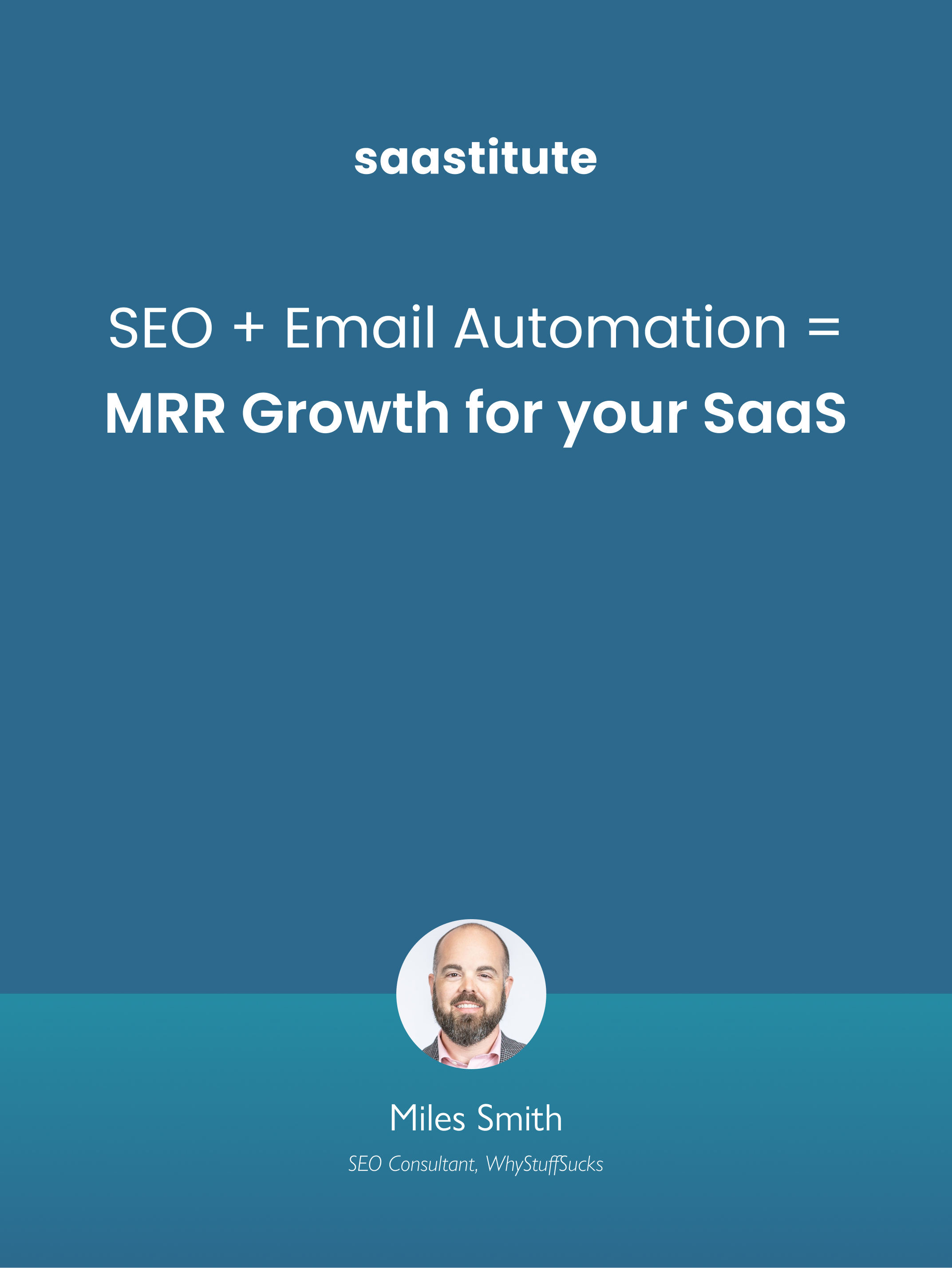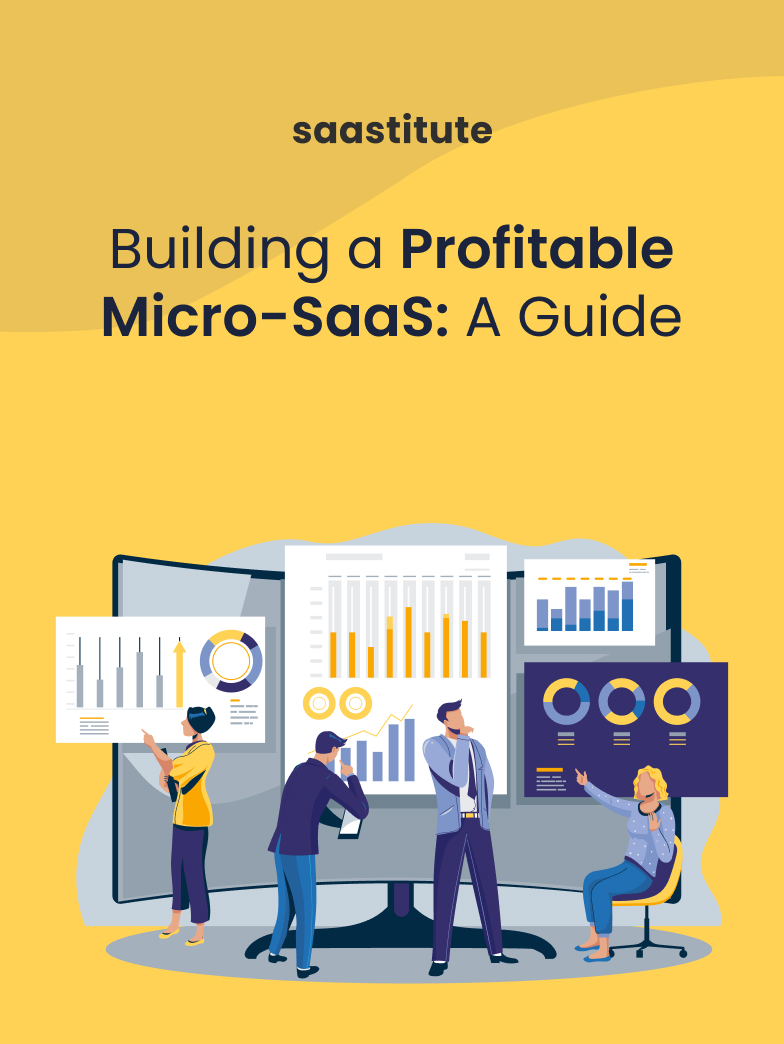Top 5 Retention Metrics to Track for Your SaaS Business
Get a holistic picture of the customer retention for your business with this list of the top 5 Retention Metrics you should be tracking for your SaaS business -

Data shows that 44% of companies focus more on Customer Acquisition than Customer Retention, even though the Customer Acquisition Cost can be up to 5x more than the cost of retention. The benefits of customer retention are three-fold- one, getting new customers is a LOT harder than retaining old ones; two, it is significantly more expensive to get new customers (see: Customer Acquisition Cost); and three, older customers bring more revenue to your business as compared to new customers (see: Expansion Revenue).
Tracking Customer Retention Metrics helps you measure the amount, and value of the business that you’re retaining, and better customer retention can mean less pressure on acquisition. To help you get a holistic picture of the state of customer retention for your business, we have put together this list of the top 5 retention metrics you should be tracking for your SaaS business -
Customer Churn Rate
The Customer Churn rate is a measure of the amount of business you have lost over a specific amount of time. While it is inevitable that some customers will leave your business, any churn rate greater than 7% is a sign of customer dissatisfaction. Depending on the size of your business and the subscription model of your service, you can calculate churn monthly, half-yearly, or annually.
How to Calculate Customer Churn Rate:

Remember, any new customers you acquire during the period of calculation are not factored into the churn rate of that period.
Monthly Recurring Revenue (MRR) Churn
The Monthly Recurring Revenue Churn (MRR Churn) is a measure of the amount of revenue you have lost over a specific amount of time. Owing to different pricing tiers and offers, the amount of revenue each customer brings is not the same. Therefore, measuring only customer churn does not present the entire picture. For example, even with a customer churn of 7%, you could’ve lost 12% of your revenue or vice versa. Lower MRR churn means you are not just retaining customers, you’re retaining the more valuable ones.
How to Calculate MRR Churn Rate:
Monthly Revenue Churn Rate = [(MRR at Start of Month - MRR at End of Month) - MRR in Upgrades during Month] / MRR at Start of Month

Customer Lifetime Value (CLV or LTV)
The Customer Lifetime Value (CLV) or the Lifetime Value (LTV) is a measure of the amount of revenue generated by a single customer throughout their lifetime as a customer for your business. Measuring the lifetime value of your customers is a great way to track the business you will get if you continue to retain customers. Low LTVs suggest that you are either acquiring low-value customers, or your retention rate is falling.
How to Calculate Customer Lifetime Value:

Here, the ARPA stands for - Average Revenue Per Account-

Tracking CLV becomes all the more important when analyzed together with other metrics like the Customer Acquisition Cost. For more information on why CLV is important for Customer Retention, read- The Importance of Customer Lifetime Value.
Customer Acquisition Cost (CAC)
The Customer Acquisition Cost is a measure of the cost of acquiring a new customer for your business. This includes everything from marketing to any other resource you may have used to acquire customers. The CAC to LTV ratio for a healthy business must be around 1:3. This ratio gives you an insight into whether you can afford to put more resources towards acquiring new customers. Higher Acquisition costs mean you need to prioritize retaining customers.
How to Calculate Customer Acquisition Cost:

Net Promoter Score (NPS)
The Net Promoter Score is a measure of customer satisfaction and how likely users are to refer your services to friends, family, and colleagues. It is usually calculated via a micro survey that takes a numerical input of how satisfied customers are with your service or product. NPS below 40 is considered concerning and implies that your retention rate is likely to take a hit due to low customer satisfaction. Scores between 40 and 60 are not alarming but mean that there is scope for improvement. Scores above 60 are generally considered great and reflect good customer retention.
How to Calculate Net Promoter Score:
On a scale of 0-10 on a survey, customers that rated -
0-6 - are called “Detracters”
7-8 - are called “Passives”
9-10 - are called “Promoters”
Net Promoter Score = % of Promoters - % of Detractors

That’s a wrap on the Top 5 Retention Metrics to track for your SaaS Business. With this information, different departments of your company including Sales, Marketing, Product Management, and Customer Service can evaluate and adjust their strategies to optimize retention for your SaaS business. We hope this was helpful! For further information on SaaS metrics, read Top 10 SaaS Metrics to track for your SaaS Business.














.svg)


